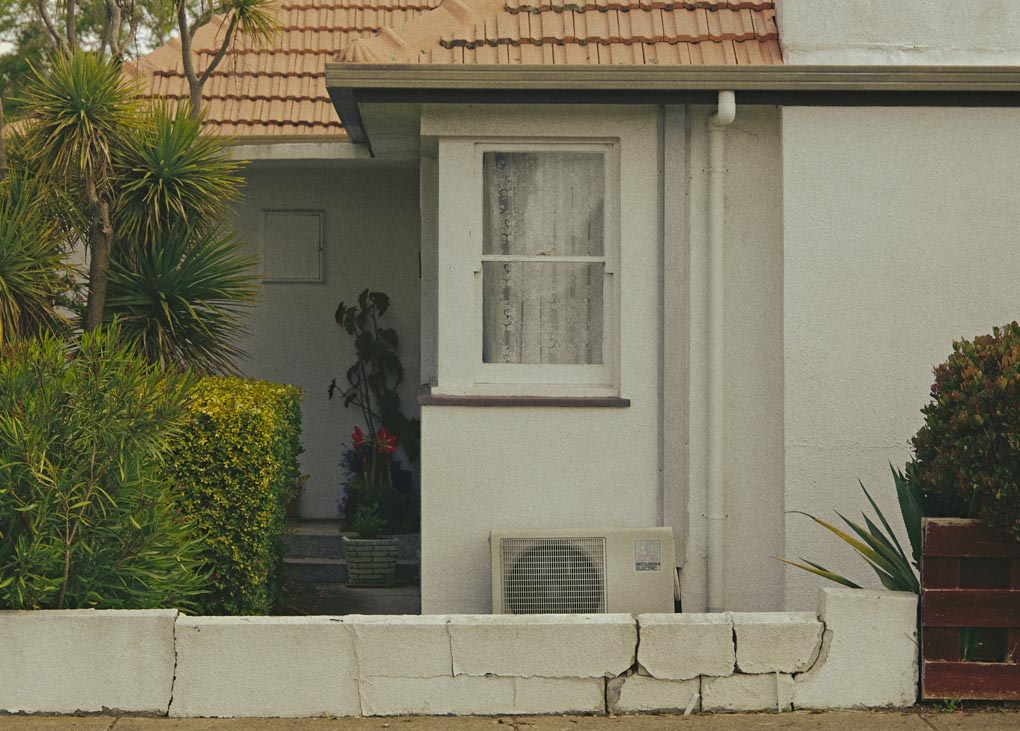A comprehensive study conducted through the Victorian Healthy Homes Program has measured the impact of an energy efficiency and thermal comfort home upgrade on temperature, energy use, health and quality of life. It found that for every dollar saved in energy, more than $10 is saved in health.
Over three years (2018–20), Sustainability Victoria oversaw the roll out of upgrades to 1,000 homes of low-income Victorians with a health or social care need. The Australian Energy Foundation was engaged as delivery partner, and University of Technology of Sydney managed the research and evaluation elements.
According to researchers, the Victorian Healthy Homes Program showed that a relatively minor thermal comfort and energy efficiency upgrade – with an average cost $2,809 – delivered multiple benefits. These include increased indoor temperature (real and subjective), reduced condensation, and lower gas use, leading to lower energy bills and emissions.
The study suggested that the improvements delivered a better quality of life for participants, “likely to be related to the home’s improved comfort, and the increased social connectedness that comes from having a warm-enough house”.
Researchers also found that those in upgraded homes used fewer healthcare services and had lower health costs – savings over the three-month winter period were $887, dwarfing the $85 energy cost savings. The study indicated that, “even with the most conservative assumptions, cost-benefit analysis indicates that the upgrade cost is paid back within three years”.
The randomised controlled trial compared an intervention group, which received upgrades before winter, and a control group, which received upgrades after winter.
The study concluded that Victoria’s existing housing stock includes more than 1.3 million homes built before 1991 that average below 2 stars (NatHERS) for energy efficiency.
Read the full Victorian Healthy Homes Program Research findings.
 Mark Vender
Mark Vender


Leave a Reply